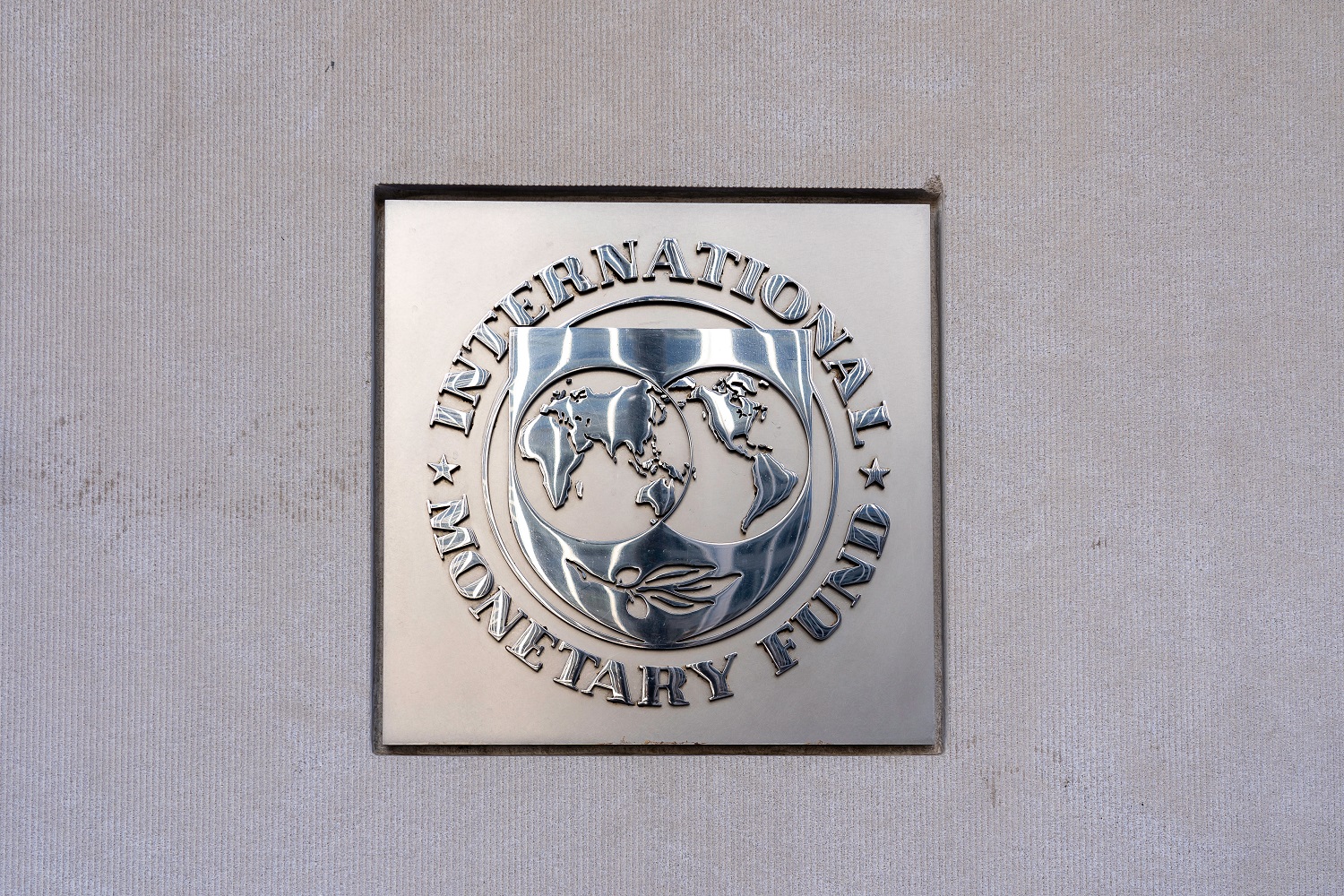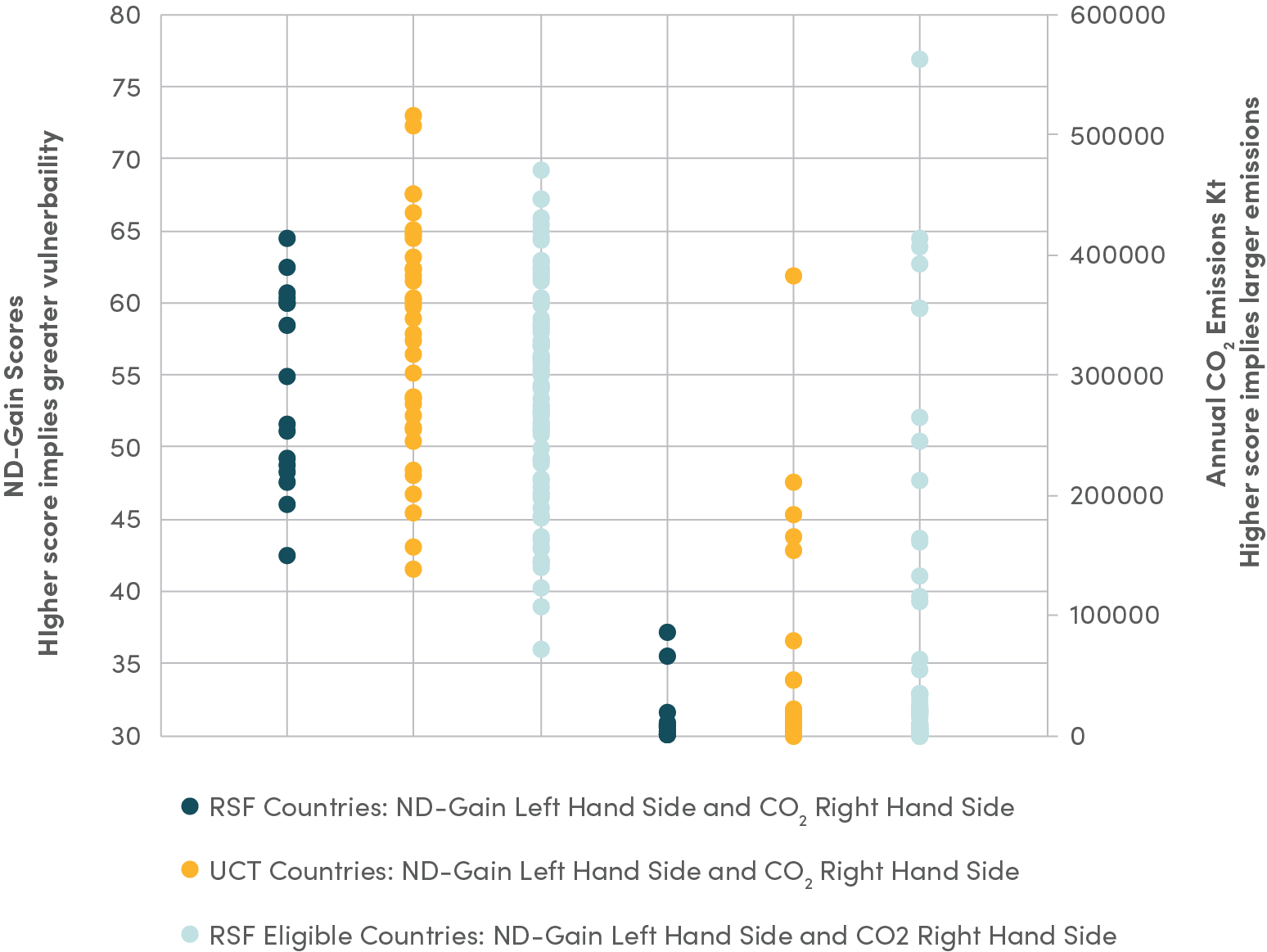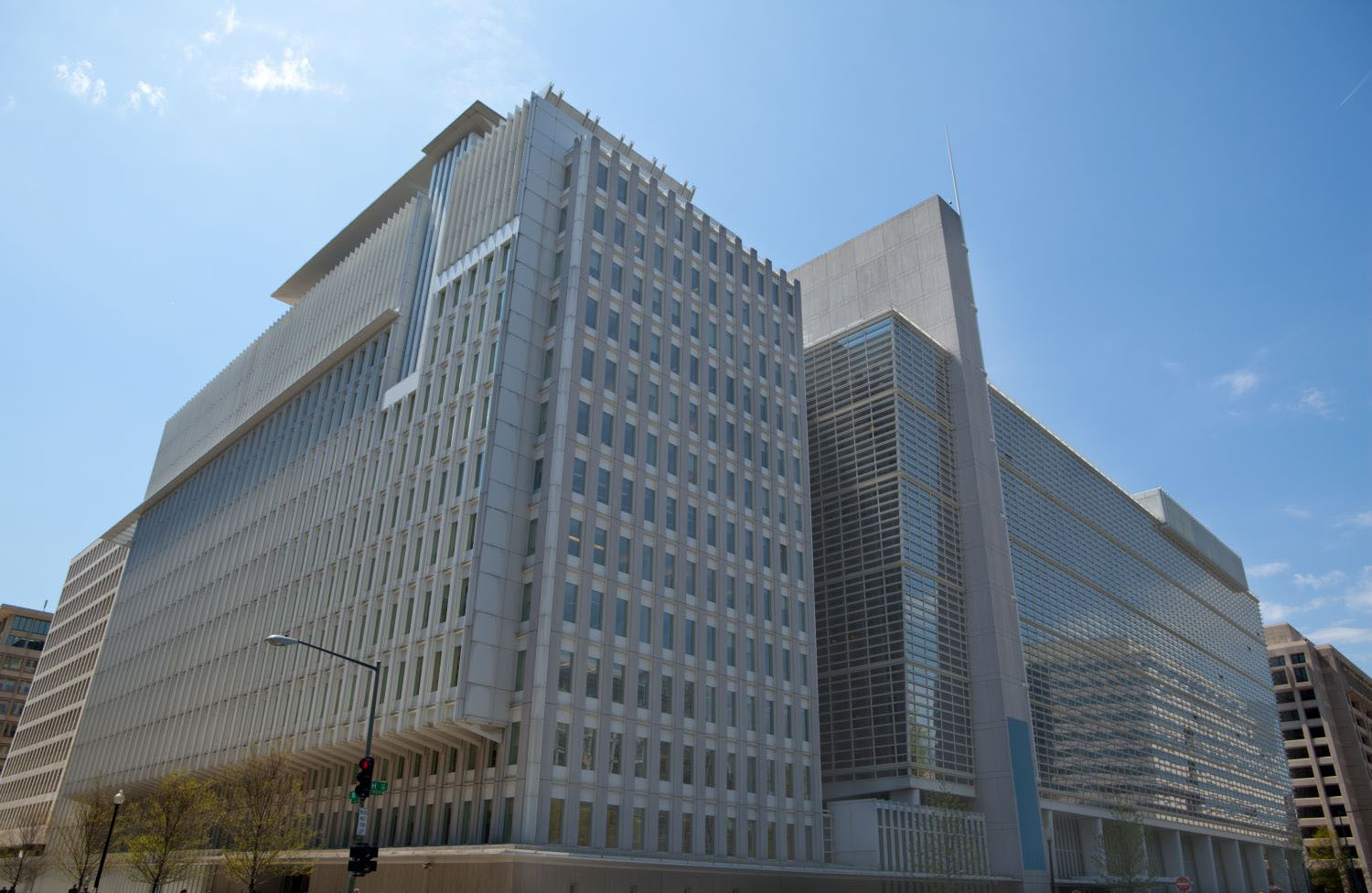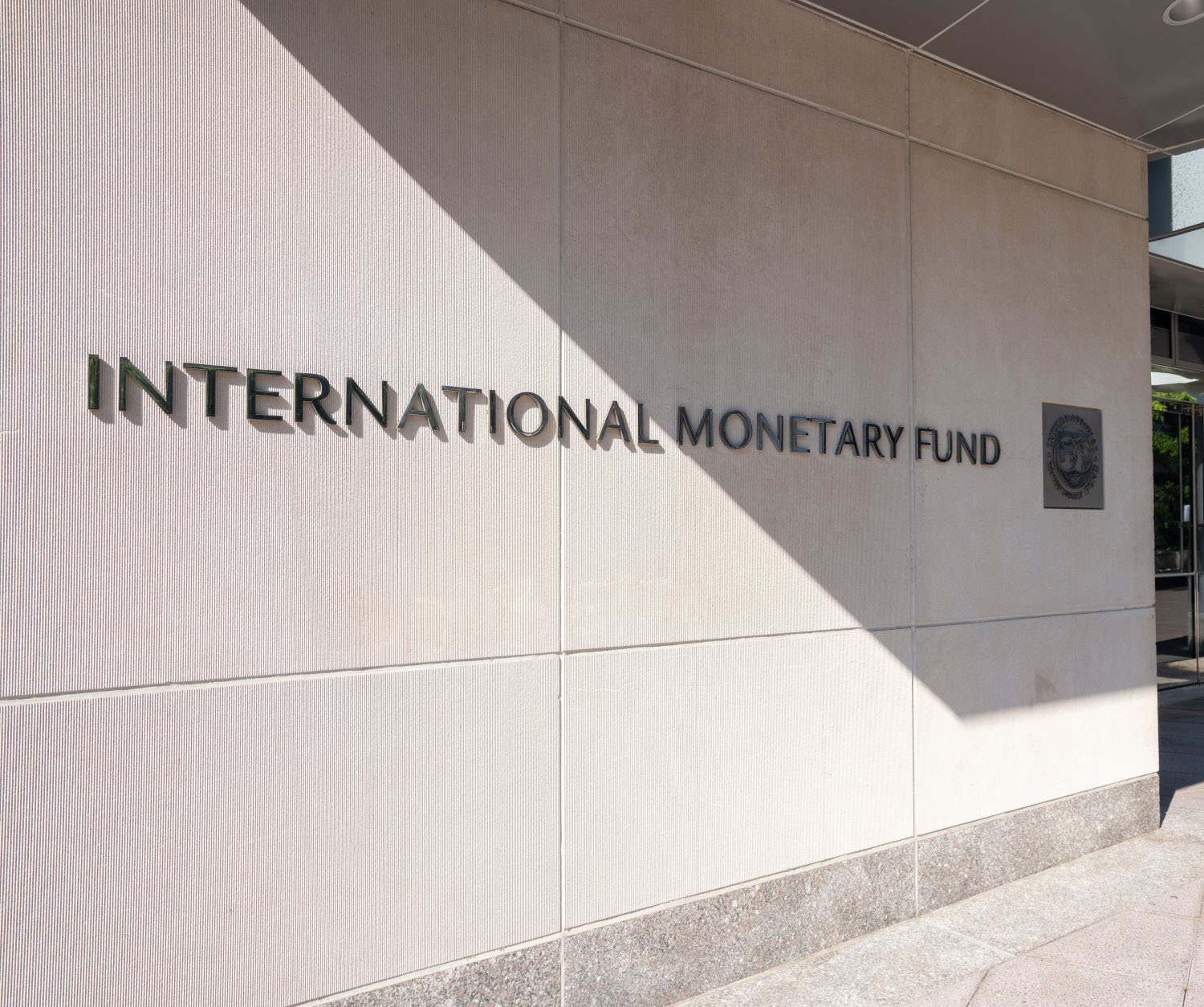This blog is one in a series by experts across the Center for Global Development ahead of the IMF/World Bank Spring Meetings. Each post in the series will put forward a tangible policy “win” for the World Bank or the broader MDB system that the author would like to see emerge from the Spring Meetings. Read the other posts in the series, and stay tuned for more.
The World Bank shouldn’t become a dedicated climate bank: that’s not what its client countries want, and the global development agenda (the D in IBRD and IDA) is still urgent. But, with additional finance, the Bank could play an important part in the global response to the climate challenge. That should be the focus of this year’s Spring Meetings discussions.
Across the 43 World Bank client countries surveyed in 2020-21, less than 6 percent of respondents listed climate as one of their country’s top development priorities. As a priority for Bank engagement, the issue ranked particularly low in IDA countries. This makes sense given what we know about climate change and its impacts. First, even in thirty years’ time, current low-income countries are likely to be consuming just two percent of the world’s electricity supply. They are just not a major part of the mitigation story, and pushing them to prioritize mitigation is an assault on rights, utility, and equity. Second, development is a powerful tool of adaptation, urgently required because it is poor countries that will bear the brunt of climate change. We’re probably still thirty years at least from the World Bank’s Dream of a World Free of Poverty at the far-too-low poverty line of $2.15 a day: development remains an urgent priority.
Meanwhile, more than four fifths of climate finance is used in middle-income countries, which is appropriate given they are a bigger part of the mitigation challenge. There’s a considerable role for the World Bank to provide that finance at scale. What’s not appropriate is that the $48 billion in subsidies funneled through the World Bank to date has so inefficiently used, with returns in terms of greenhouse gas emissions averted per dollar that vary by more than a hundredfold. And there is no simple, agreed approach to improve the efficiency of grant financing for mitigation. Not least, it's a fantasy that we can use a few billion in subsidies to directly unlock trillions in private capital, and anyway, most of the investment needed to support mitigation and adaptation is public, not private (83 percent of infrastructure investment in developing countries is public, for example). What makes the problem worse is that, at the moment, we are poaching development finance from poor countries to finance climate mitigation in richer countries.
But the World Bank doesn’t have to waste subsidies on inefficient mitigation. It can make IBRD loans for mitigation spending more attractive without them. Countries would be much more willing to borrow from the IBRD for climate spending if its lending wasn’t so bureaucratic. There’s an irony that more climate borrowing will be deterred by social and environmental safeguards on investment projects that add a total of nearly a year to World Bank project approval compared to policy lending—that’s to say nothing of considerably slower disbursement and the complexities of following World Bank procurement rules. The average project subject to environmental review takes about seven years to close, compared to fifteen months for policy lending.
All of this is why I want to see the World Bank’s governors agree to pursue a climate-dedicated capital increase at this year’s Spring Meetings, an idea Scott Morris and I wrote about two years ago. IBRD interest rates remain considerably below what most middle-income countries can borrow from private financiers. If they could obtain (comparatively) hassle-free policy loans from the Bank in support of their Nationally Determined Contributions to global greenhouse gas emissions reduction it would help middle-income countries meet investment costs, it would bring donors closer to meeting their $100 billion financing commitments, and it would preserve concessional finance for the countries that need it most to develop and adapt.
CGD blog posts reflect the views of the authors, drawing on prior research and experience in their areas of expertise.
CGD is a nonpartisan, independent organization and does not take institutional positions.







